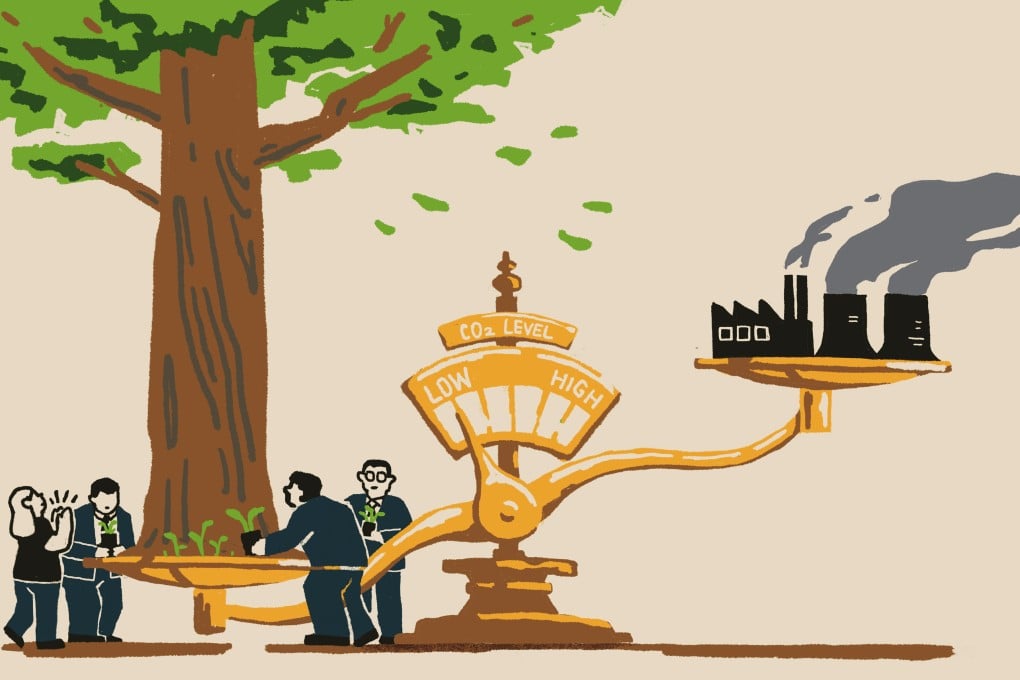Advertisement
Climate Change: China has a new carbon-storage tool from decades of frenzied tree planting to avert hillside erosion and prevent floods
- China’s efforts to expand forest cover have increased the planet’s total tree canopy by an estimated 25 per cent, according to researchers
- Such efforts may play a significant role in meeting global decarbonisation goals, but the impact so far is small and greater investment is needed
Reading Time:6 minutes
Why you can trust SCMP
8

In the summer of 1998, gigantic floods swept across five of China’s longest rivers and their distributaries, claiming more than 3,000 lives in a catastrophe that racked up at least 11.5 billion yuan (US$1.8 billion) in economic losses.
China’s worst floods in a century set off alarms in Beijing, alerting then premier Zhu Rongji to the devastating effects of erosion and denudation of hillsides along major rivers, all caused by the clearing of forests to make way for arable and industrial land to feed the nation’s development.
On August 18 of that year, before the last flood debris was cleared, Zhu announced a sweeping “grain for green” programme, which banned logging in the basins of the flood-prone Yangtze and Yellow rivers. He ordered trees to be planted on hillsides, as well as on barren or fallow cropland.
Almost two decades and billions of trees later, the result is literally visible from space, unlike the Great Wall. China’s tree-planting frenzy has helped to expand the planet’s total tree canopy by an estimated 25 per cent, according to a study of satellite imagery by researchers at Boston University and Peking University, published in Nature Sustainability in 2019.

Now, as the globe struggles to avoid the most destructive climate-change scenarios, China’s success in increasing the nation’s tree cover is becoming an important tool that could help stave off a crisis far more severe than regional flooding.
Protection of forests and ecosystems should be prioritised alongside the transition to renewable energy, UN Secretary-General Antonio Guterres told reporters on April 4, as the UN’s Intergovernmental Panel on Climate Change (IPCC) published a report on climate mitigation options.
Advertisement